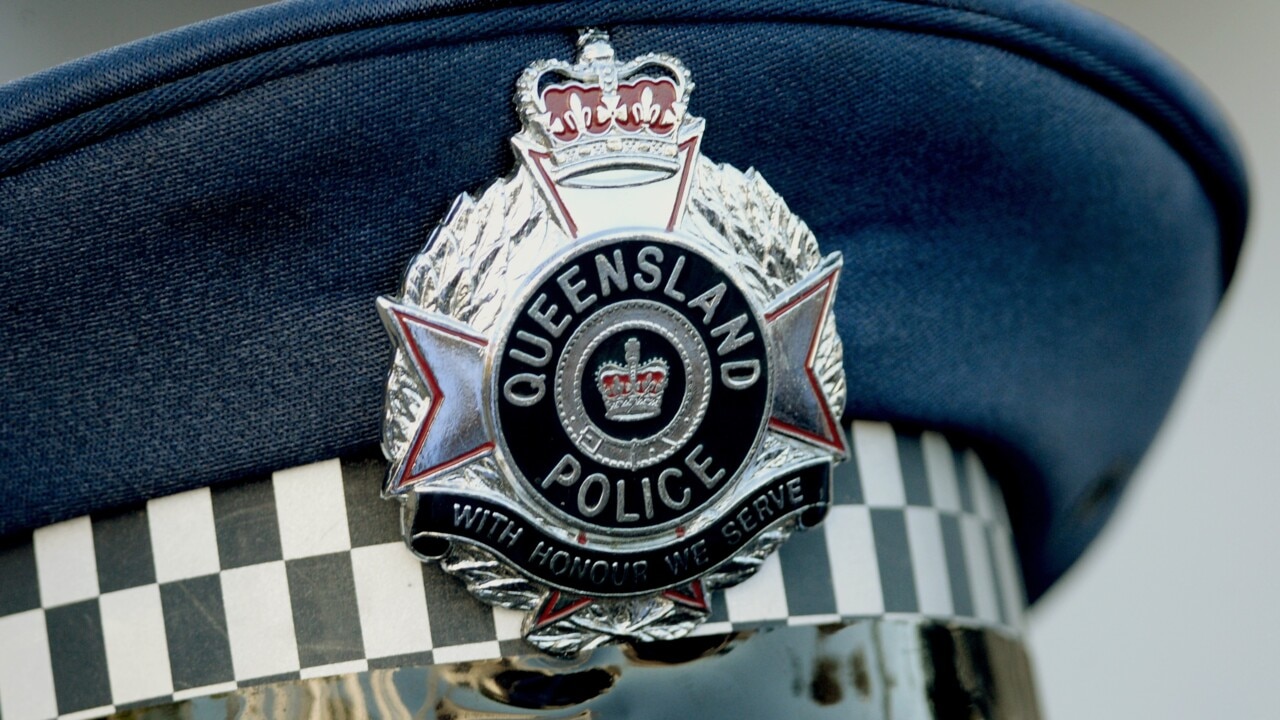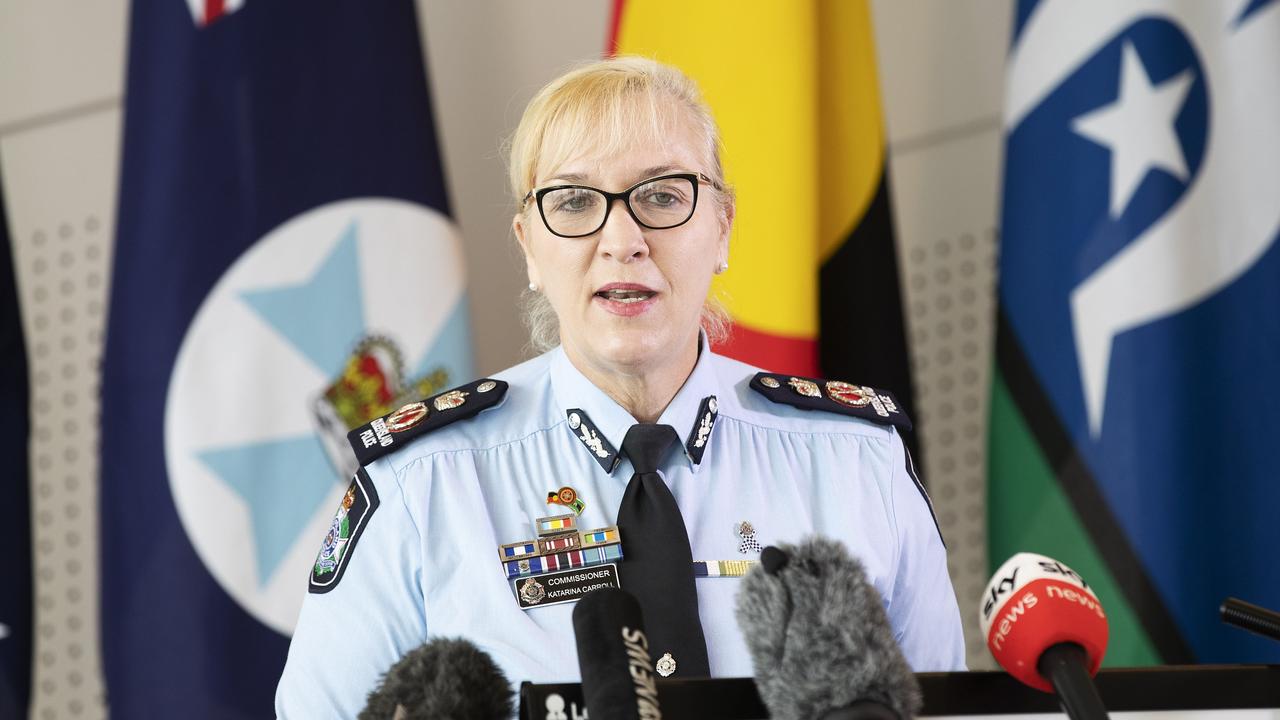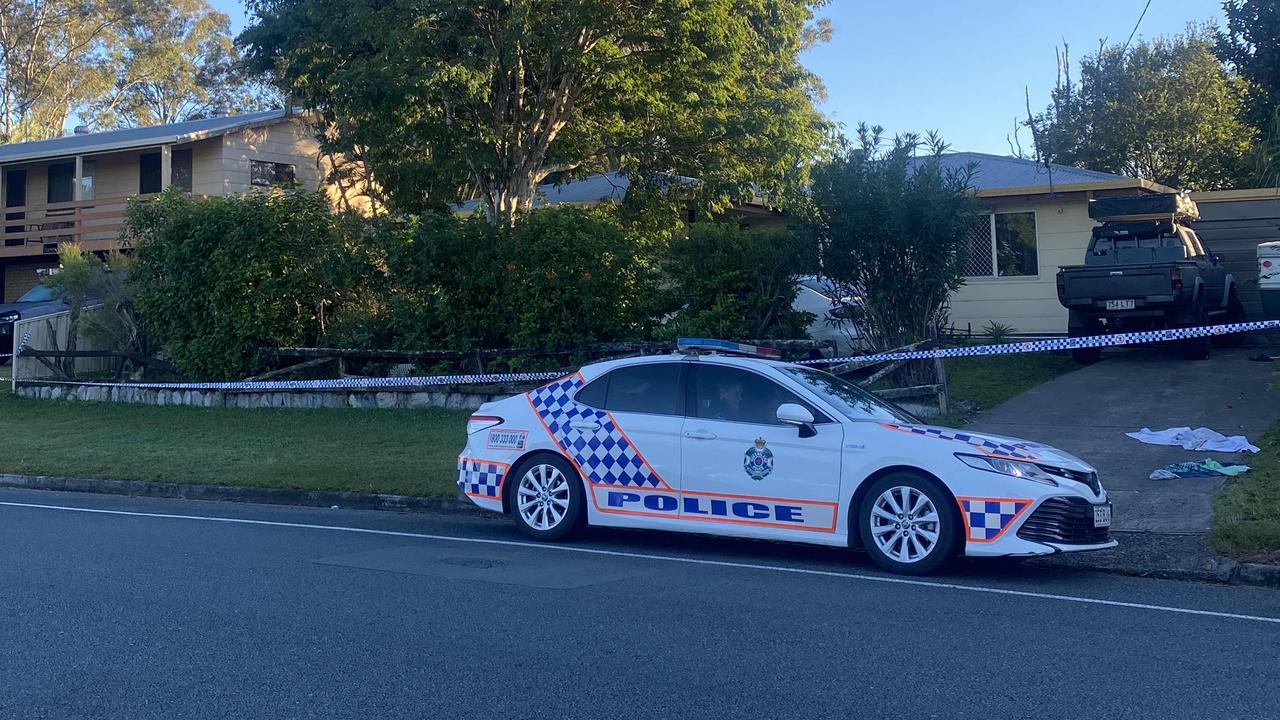Police change how they respond to crime
Police will change the way they respond to crime and not immediately attend jobs such as break-ins, and will deal with some crimes purely over the phone, to free up resources.

Police & Courts
Don't miss out on the headlines from Police & Courts. Followed categories will be added to My News.
Police will change the way they respond to crime and not immediately attend lower priority jobs such as break-ins to free up resources for serious incidents such as domestic violence.
The changes will mean police will send scenes of crime officers to break-ins instead of general duties when they are deemed non-urgent or low risk; they will organise a future date to meet with callers for lower risk incidents, or in some cases deal with them over the phone or on the internet.
Commissioner Katarina Carroll announced a new police code after a review of the service found demand had increased by 45 per cent in the last five years and triple-0 calls had increased by 65 per cent.

Police have trialled the new police codes in Caboolture and a new triage matrix has already shown to improve efficiency and prioritise jobs as part of the SOLVE (Severity, Opportunity, Likelihood, Vulnerability and Expectation) system.
It follows Ms Carroll ordering a review of the service after taking the helm in 2019.
“The benefits that it will reap – it will give us more capacity to do other things with our time,” Ms Carroll said.
“Whatever capacity we get back from this we will automatically put into prevention.
“My view is with this matrix that we are using and the redesign of the codes, there will actually be more attention given to people.
“Code 1 and Code 2 will always have an immediate response,” she said.
Assistant Commissioner Cameron Harsley said police were focusing on the most important jobs.
“Calling the police because your dog escaped from your yard overnight is probably not a good use of police time to go looking for a dog,” he said.
“Rather the time is better spent on prevention or disruption activity to actually stop crime happening in the first place in our community.”
Police plan to roll out the codes next in Mt Isa, Cairns, Townsville and South Brisbane districts.
Codes 1-4 were reviewed and Code 5 added to a police “calls for service” platform.
Mr Harsley said the new police code was a response where police could manage the complaint or matter on the phone and didn’t require police attendance.
“That’s the same in any business or industry, there are places that deliver a gradient level of service,” he said.
“You don’t often need attendance of people at the scene.
“With break and enters, which is one of our highest crime classes, the most important people to attend the break and enter are the scenes of crime officers.
“Sending two police officers to every break and enter, before a scenes of crime officer, often doesn’t get the benefits you need.”
He said if there was vulnerability to a person or there was a risk during a break-in, general duty police would attend. But if an immediate response wasn’t needed, scenes of crime officers would attend.
Mr Harsley said if there was serious crime such as domestic violence police wanted to get there as quickly as possible.
“What we had previously, because demand was so high, and we didn’t have a scalability of attending, often there would be numerous high-priority jobs,” he said.
“You would call police off a lower priority job to a higher priority jobs.
“We are managing those lower priority jobs in a different way to allow police to be always available for those higher priority jobs.”



